Forget survival—today’s gig workers are mastering the art of scale.
Once dismissed as a patchwork solution for extra cash, side hustles have morphed into sleek microenterprises, many raking in five- and six-figure annual returns. The difference? Strategic thinking. The gig economy is no longer about trading time for pennies—it’s about engineering leverage.
From freelance designers using automation tools to digital marketers capitalizing on passive income streams, modern side hustlers are building lean, profitable machines—without the overhead of traditional businesses.
The Playbook: Diversify, Automate, Repeat
Success in the gig economy hinges on more than talent. It demands a hybrid of creativity, tech fluency, and business acumen.
Gig workers who win aren’t just good at what they do—they know how to package, scale, and monetize it across platforms.
Take the virtual assistant who evolves into a project manager, then launches an agency. Or the Uber driver who reinvests in a fleet, delegates rides, and focuses on logistics. These are not side hustles—they’re ecosystems.
The top earners follow a formula:
- Monetize a niche skill.
- Automate low-value tasks.
- Build personal brands.
- Turn service into product.
Think of the graphic designer who sells templates on Etsy while freelancing. Or the copywriter turning newsletter know-how into a course.
In the gig economy, the ceiling isn’t set by an employer—it’s set by how cleverly you productize your time.
From Gigs to Growth: The Infrastructure Advantage
The tools of scalability are everywhere: AI platforms, scheduling software, e-commerce plugins, and payment gateways. The smart hustlers build systems that run in the background while they focus on strategy and client acquisition.
They’re not chasing gigs—they’re building pipelines.
They don’t wait for opportunity—they manufacture it.
And they know that being a solopreneur doesn’t mean being solo. Outsourcing is no longer optional—it’s a growth strategy. Fiverr sellers hire editors. Etsy shop owners outsource fulfillment. Freelancers collaborate like micro-agencies.
Profit Isn’t a Bonus. It’s the Business Model.
This is the era of profitable independence.
Whether you’re running a consulting side hustle from your kitchen table or selling niche content online, the mindset must evolve: it’s not just about extra income—it’s about building assets.
Revenue is good. Recurring revenue is better. Passive revenue? That’s the holy grail.
As the gig economy matures, one thing becomes clear: this isn’t a trend. It’s a shift. A redefinition of career, control, and cash flow. The side hustle, when executed with intention and strategy, isn’t just a hustle—it’s a high-performing machine.
And for those playing it smart, it’s printing money.

